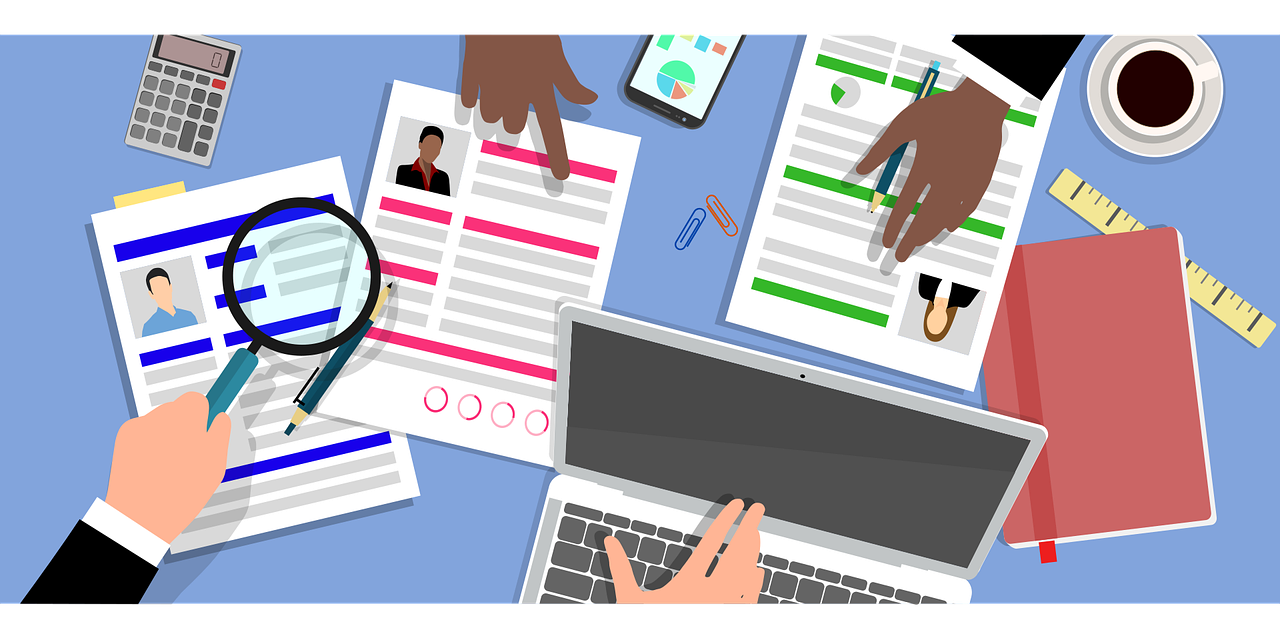Putting together your resume doesn’t need to be difficult—don’t let the process intimidate you. Remember, it’s all about you and what you’ve done in your career. The ultimate goal of your resume is to highlight your skills, talents, and experiences. So, don’t be afraid to brag—this is the time to do just that!
Let’s get started. Here are seven easy steps to follow.
Step 1 – Create an outline that includes these sections:
- Professional Profile/Summary
- Skills
- Education, Certifications, Training
- Experience
- Additional Information
Step 2 – Write down any information you can think of for each section.
List as much information as you can—you can always whittle it down later. If it’s easier, start with the sections you can fill in rather quickly—like skills and education—and then move onto the more in-depth ones like experience.
Step 3 – Think about what skills or expertise you have to offer.
What software and technology are you familiar with? What programs do you know? What soft skills do you have (do you have strong leadership, project management, or customer service skills?). These can be listed in your skills section as well as included in your experience section. (Read more about the Importance of Soft Skills When Job Hunting and in the Workplace.)
Step 4 – Add your education and relevant certifications and training.
If you have a college degree, be sure to add both the name of the degree and what school it’s from. Also, add any training, licenses, or certifications you’ve obtained—be sure to include what it is, where it’s from and license numbers and dates if relevant. You can also include any security clearance you have here.
Step 5 – Next, let’s talk experience.
List each company name, job title, dates of employment, and what work you did (include tasks, projects, responsibilities, accomplishments, technologies used, etc. and be as specific as you can—for example: saved the department $50k, managed a staff of 10, increased sales by 30%, etc.). Numbers and statistics stand out on a resume. Next, decide how you want to present your information (a bulleted list or paragraph format, for example), and use the same format for each role.
Step 6 – List any additional information.
This section could include any awards you have received or volunteer or military experience that is relevant and not already listed elsewhere on your resume.
Step 7 – Finally, tackle your professional profile (aka your summary).
This section is where you sum up your talents and what you have to offer. This is where you sell yourself—your “elevator pitch”—and it’s where you tailor your resume to match the job you’re applying to. This can include years you’ve been in the field, your strongest skills, and what you would bring to the role.
There are many templates available online that can help you design a good-looking resume and some may guide you through the process of adding your information, but you will still need to know what information you are going to add to each section. It’s good to prepare first and think through what you want your resume to say. Wording does matter. Once you have your text, you can easily drop it into a template.
Finally, here’s one more thing to keep in mind. Depending on the type of role you’re pursuing, you may need to design or tailor your resume accordingly. It’s a good idea to consider having a primary resume that you make variations on depending on the job you’re applying for.
Our team of recruiters at TM Floyd & Company can offer resume guidance and help you find your next job. Reach out to our talented team or check out our current job opportunities to find your next role.




